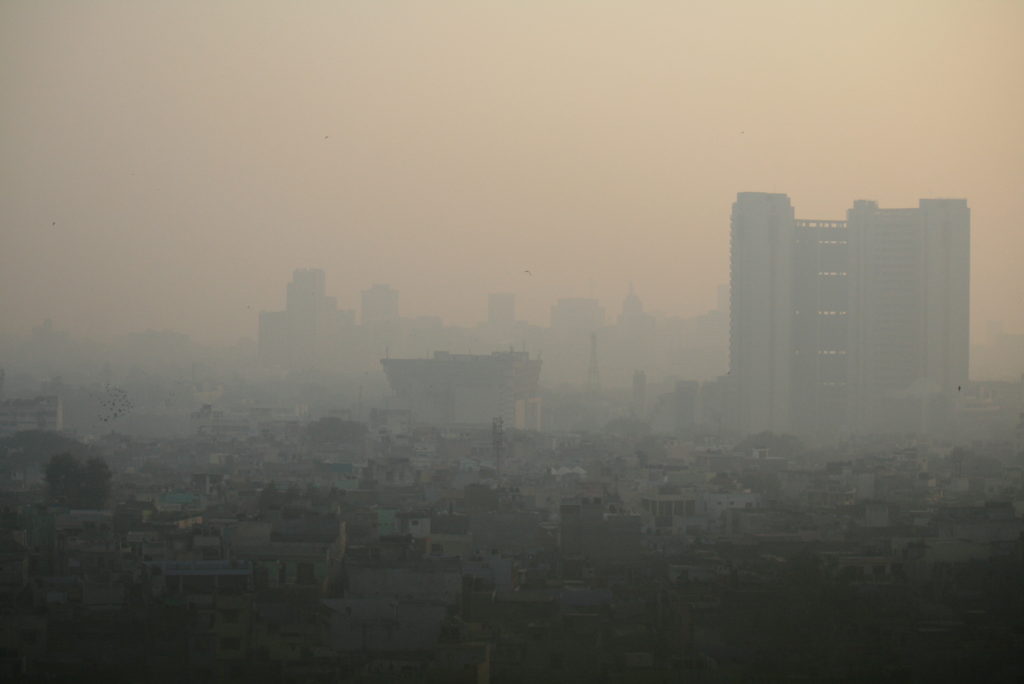
Poor air quality is a major problem worldwide. Exposure to air pollution is linked to the premature deaths of an estimated 6.5 million people every year. This makes air pollution the fourth largest threat to human health, trailing only high blood pressure, dietary risks, and smoking.
At a fraction of the width of a human hair, dangerous air particles are released from vehicles, by industry, and from natural sources like dust. They enter the bloodstream through the lungs, increasing the risk of stroke and heart failure, and causing a myriad of respiratory problems, like asthma and pneumonia.
Where is air quality the poorest? According to a new study, India’s air has surpassed China’s as the deadliest in the world. India’s rapidly worsening air pollution results in 1.1 million premature deaths every year. The number of premature deaths in China caused by dangerous air particles, known as PM2.5, has stabilized in recent years, but India’s has risen sharply. India has seen nearly a 50% increase in premature deaths from particulate matter between 1990 and 2015. The report was issued by the Boston-based Health Effects Institute and the Seattle-based Institute of Health Metrics and Evaluation.
Meanwhile, air quality has improved in the United States and Europe. Since 1990, the U.S. has experienced a 27% decline in the average annual exposure to fine particulate matter, with smaller declines in Europe. Environmental regulations in the U.S. and actions by the European Commission have driven the reductions. But with 88,000 Americans and 258,000 Europeans still facing increased risks of premature death due to particulate levels, there’s still clearly room for improvement.
*********
Web Links
India’s Air Pollution Rivals China’s as World’s Deadliest
Photo, posted January 12, 2011, courtesy of Flickr.
‘India’s Air Pollution’ from Earth Wise is a production of WAMC Northeast Public Radio.